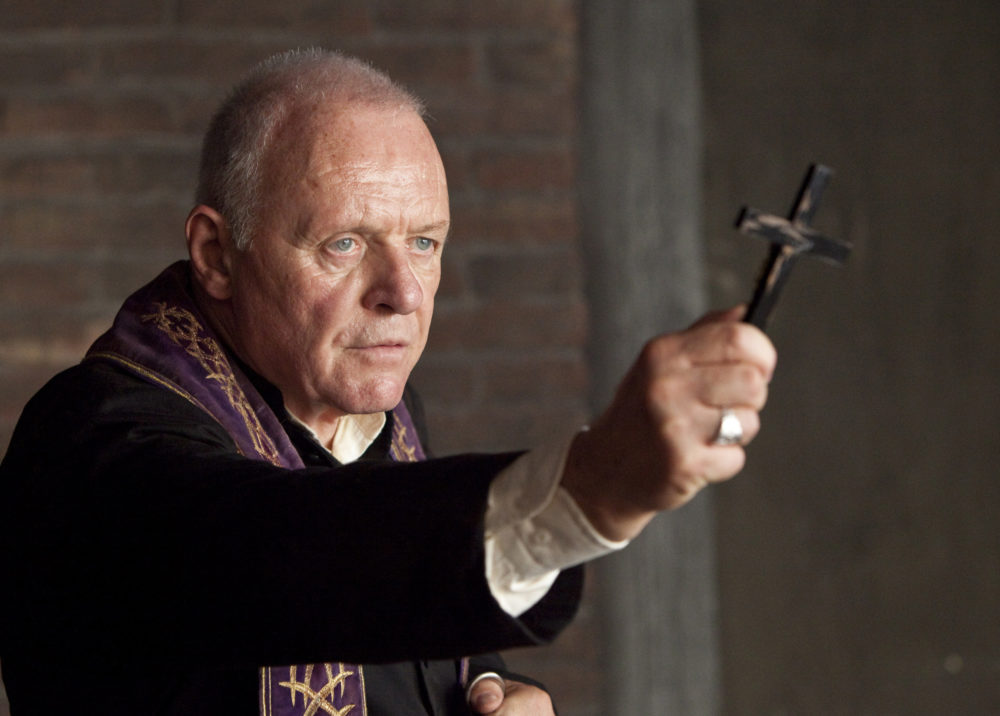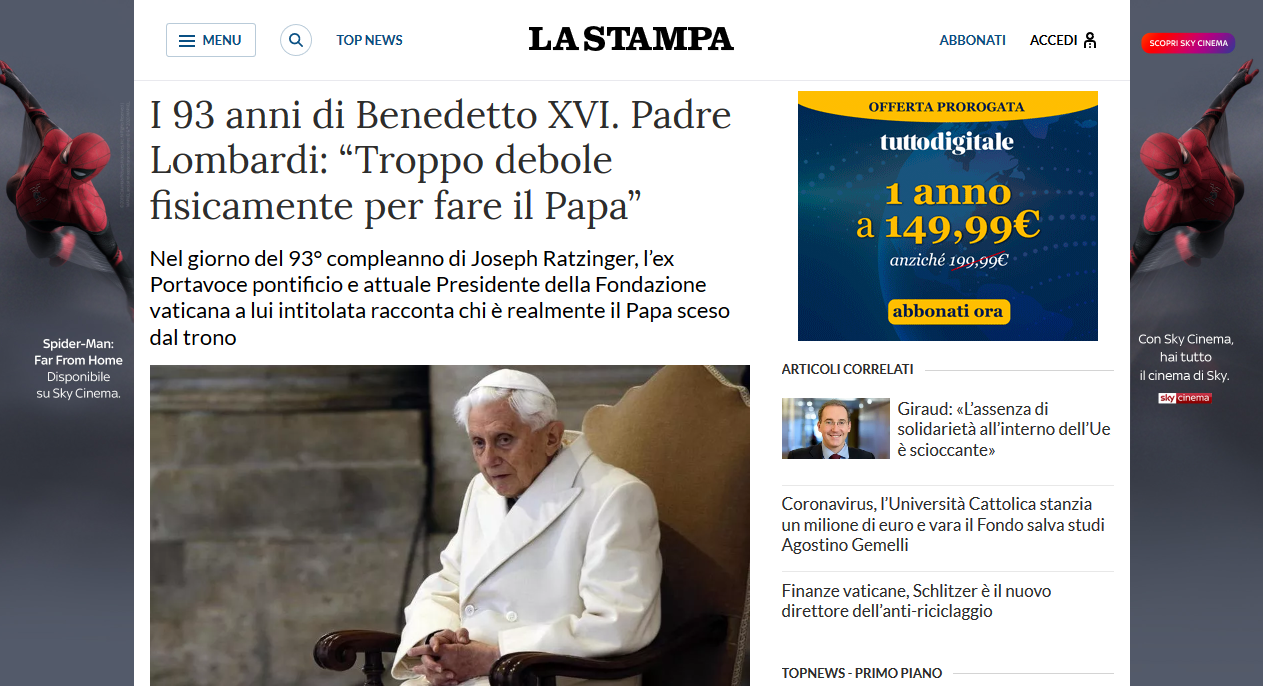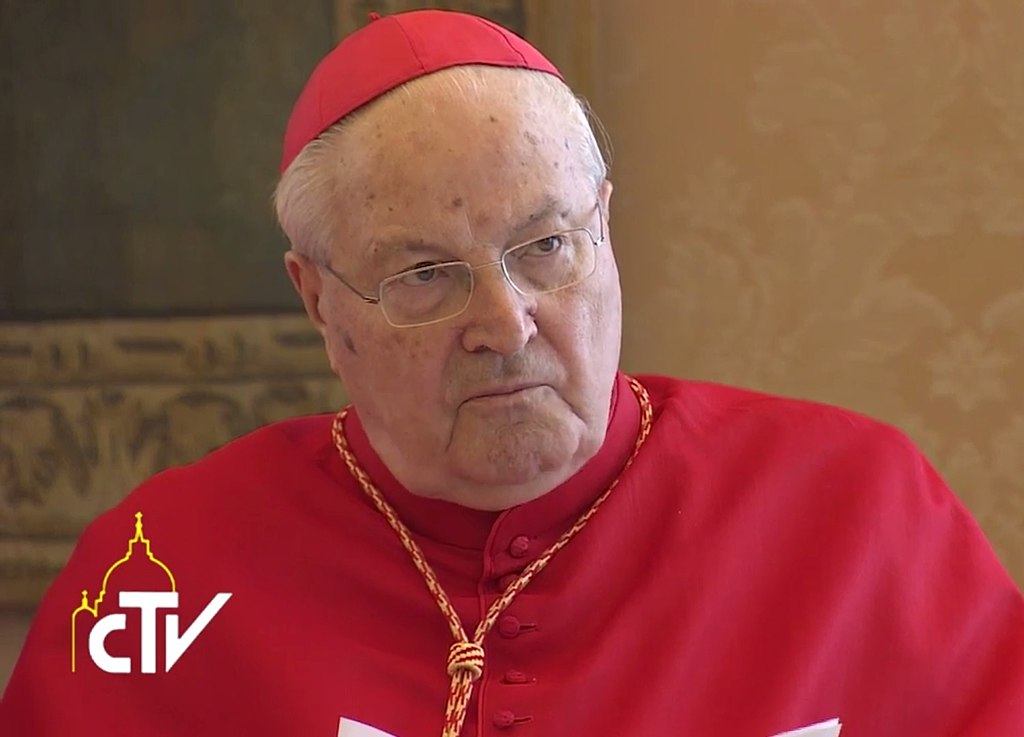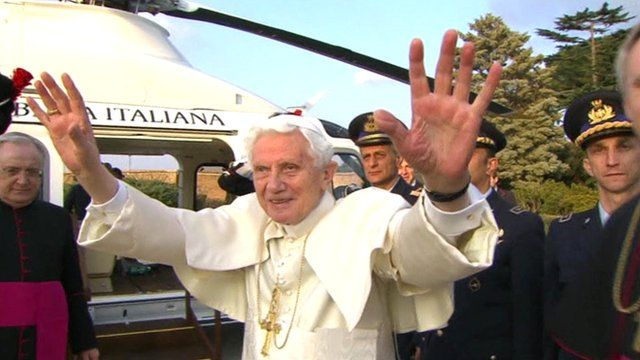by Br. Alexis Bugnolo
As I have reported before, in February 2013 there was a de facto coup d’etat at the Vatican, the result of which was the imprisonment of Pope Benedict XVI, and the convocation of an illegal, illicit and invalid Conclave, which resulted in the illegal, illicit and invalid election of Jorge Mario Bergoglio.
Now, I invite the entire Church to examine more carefully what happened in the 58 minutes after the Consistory of February 11, 2013, which ended just before noon, Rome time, on that day.
According to Canon Law, it was the grave and solemn duty of the Dean of the College of Cardinals to approach Pope Benedict and ask for a written copy of his act of Renunciation.
Here are the relevant Canons of the Code of 1983 which regulate what should have been done:
Can. 40 — Exsecutor alicuius actus administrativi invalide suo munere fungitur, antequam litteras receperit earumque authenticitatem et integritatem recognoverit, nisi praevia earundem notitia ad ipsum auctoritate eundem actum edentis transmissa fuerit.
Can. 41 — Exsecutor actus administrativi cui committitur merum exsecutionis ministerium, exsecutionem huius actus denegare non potest, nisi manifesto appareat eundem actum esse nullum aut alia ex gravi causa sustineri non posse aut condiciones in ipso actu administrativo appositas non esse adimpletas; si tamen actus administrativi exsecutio adiunctorum personae aut loci ratione videatur inopportuna, exsecutor exsecutionem intermittat; quibus in casibus statim certiorem faciat auctoritatem quae actum edidit.
Needless to say, I have added some color to the letters of the text to make it clear that, in the very 2 Canons which Cardinal Sodano should have carefully read and acted upon, there is made by the Code itself the distinction between munus and ministerium. And yet for 6 years, and especially during the last 12 months, those who have sustained that the renunciation was valid, dared use the argument that there no distinction between the terms!
It seems so true, that it is almost a law, that whatever one investigates about the Pontificate of Bergoglio, one uncovers nothing but lies and frauds. This is clearly the greatest.
The Laws which governed what Cardinal Sodano should have done
Because in that key moment, before Sodano through Father Lombardi gave the Sig.ra Chirri the go ahead to publish to the world that Benedict had resigned, He will leave the Pontificate on Feb. 28 (B16 è dimesso. Lascia il Pontificato Feb 28), he HAD TO read these 2 canons, or at least recall them.
Let us therefore take a closer look at these 2 canons, which regard what is to be done when someone, with mere Executive authority, receives notice from someone, with the jurisdiction to posit an adminstrative act, that he is to take an action.
My English translation of the Canons:
Canon 40: The executor of any administrative act invalidly conducts his office (suo munero), before he receives the documents (letteras) and certifies (recognoverit) their integrity and authenticity, unless previous knowledge of them has been transmitted to him by the authority publishing the act itself.
Canon 41: The executor of an administrative act to whom there has been committed the mere ministry (ministerium) of execution, cannot refuse execution of the act, unless the same act appears to be null from (something) manifest [manifesto] or cannot be sustained for any grave cause or the conditions in the administrative act itself do not seem to be able to have been fulfilled: however, if the execution of the administrative act seems inopportune by reason of place or adjoined persons, let the executor omit the execution; in which cases let him immediately bring the matter to the attention of (certiorem faciat) the authority which published the act.
What Cardinal Sodano did
First, as Canon 40 states, Cardinal Sodano’s first duty was to ask Pope Benedict XVI for a written copy of the Act of Renunciation. This is because, as read out-loud, anyone fluent in Latin, as Cardinal Sodano is reputed to be, would have noticed multiple errors in the Latin, most grievous of which was the enunciation of commisum not commiso by the Holy Father. This touched upon the integrity of the act.
Second, in receiving the Act of Renunciation in the authentic Latin Text, and finding that it was as it was intended to be read, he was obliged to examine if the act was in conformity with Canon 332 §2, which reads:
Canon 332 § 2. Si contingat ut Romanus Pontifex muneri suo renuntiet, ad validitatem requiritur ut renuntiatio libere fiat et rite manifestetur, non vero ut a quopiam acceptetur.
My translation:
Canon 332 §2. If it happen that the Roman Pontiff renounce his office (muneri suo), for validity there is required that the renunciation be done freely and duly manifested, but not that it be accepted by anyone whomsoever.
And thus, in this examination, the Cardinal had to confront the very Distinction between munus and ministerium that was founded in the Act of Renunciation, which contains the terms munus and ministerium, but renounces only the ministerium!
Clearly anyone reading Canon 40, would see that munus means office or charge! And in reading canon 41 that ministerium means execution of the duties of the office. Clearly he would as Dean of the Sacred College of Cardinals realize that it is one thing to have a munus to do something, quite another to put into motion his ministerium to execute it. — He was acting on the very basis of that distinction, because before he acted, he held the munus to act, and in acting he executed the ministerium to act!
For this reason, Cardinal Sodano must be questioned if not publicly accused of having closed his eyes! That is, of having ignored the distinction and his own grave duty and invalidly executed his office, by declaring the act a valid act of renunciation of the papal office!
This is especially true, because Canon 41 forbids (“let him omit the execution“) and Canon 40 invalidates the action of the executor to proceed to any action, not only because the core act of renunciation was invalid, as per canon 188 (for substantial error), to effect the loss of papal office, but also because, being invalid, the Cardinal Dean could NOT recognize that the command to call a conclave was opportune.
There are other anomalies in the Act of Renunciation which also should have caused the Cardinal to stop and refer to Pope Benedict, namely:
- The Act of Renunciation is not an act of renunciation, but the declaration of an act of renunciation. As such it lacks the formal quality of a canonical act per se, since it is one thing to announce, another to enact!
- The Act of Renunciation contains what appears to be a command to call a conclave. But this command is NOT a command, because it is a declaration not a command, and it is made in the First Person singular, which signifies the man who is the pope, inasmuch as he is the man, NOT the man who is the pope, inasmuch as he is the pope. But the man who is the pope, inasmuch as he is the man, whether he has renounced or not cannot call a Conclave, since he has no authority to do so!
- The Act of Renunciation contains no derogation of any terms of canon law which it violates as is required by canon 38.
- The errors in the Latin demonstrated clearly that the Holy Father had prepared the Act in secret without the counsel of canon lawyers and Latinists, and that therefore, it may lack formal interior consent or be based on other errors of fact or law or comprehension of Latin.
Thus, for Cardinal Sodano to proceed to act as if the renunciation were valid, violated the general principle of law, that the validity of the renunciation of power or right is NOT to be presumed.
This is a general principle of jurisprudence and is even found in Canon Law, in an applied form, in Canon 21:
Can. 21 — In dubio revocatio legis praeexistentis non praesumitur, sed leges posteriores ad priores trahendae sunt et his, quantum fieri potest, conciliandae.
Canon 21 — In doubt, the revocation of a pre-existing law is not presumed, but later laws are to be compared with prior ones, as much as can be done, be reconciled to them.
In a word, Cardinal Sodano by acting was claiming a munus to act (Canon 40) and using that authority to exercise a ministry (Canon 41) to deny that the Pope had a munus which had to be renounced (Canon 332 §2)!
Thus the Act of Renunciation appeared to be null from MANY manifest aspects of the terminology and grammatical structure. Canon 41 therefore required that he confer with the Pope to have them corrected! Canon 40 invalidated any action he took prior to recognizing the act as authentic and integral, that is, not canonically invalid, irritus or null. — And in Canon Law, as per canon 17, to recognize something as valid, does NOT mean insisting it is valid, when it is not! That is fraud.
By omitting the honest fulfillment of his duties, he acted with reckless disregard for his own office as Dean. He exploited the canonical defects in the Act to perpetrate a horrible crime of misrepresentation. This was tantamount to robbing the Roman Pontiff of his office by exploiting his authority, so as to declare valid what was invalid to produce a papal resignation!
Thus, according to the terms of Canon 40 and 41, Cardinal Sodano should have acted differently. The act of renunciation was of ministry, not of munus, and therefore was NOT an act of resignation. Therefore the declaration of a resignation, which had to have emanated from Cardinal Sodano’s desk, was a canonical lie and fraud! And since, ignorance of the law in those who should know the law is not presumed, Cardinal Sodano cannot be excused from an abuse of his office (munus).
What Cardinal Sodano should have done!
Upon receiving the document of Renunciation, and noticing that the renunciation of ministerium was not the act specified by Canon 332 §2, he should have spoken with Pope Benedict in the presence of 2 credible witnesses and brought this to his attention, as Canon 41 requires. Then he should have asked whether it was his intention to renounce the Petrine munus or simply to renounce the Petrine Ministerium. In the latter case, he should have (1) asked the Holy Father to issue a Motu Proprio naming someone to be his Vicar extraordinaire who would have the potestas executionis but not the office of the Pope, during the remainder of his life, OR, (2) in the case that he indicated that it was his intention to resign the papal office, he then should have asked him to sign a corrected copy of the act, containing the word muneri instead of ministerio and correcting all the other errors, whether of form, of Latin, or grammatical structure etc.. To have done anything less would be a grave sin of disrespect for the Office of the Successor of St. Peter, to which the Cardinal was bound by solemn vow to protect and defend.
Simple. Easy. Legal, Legit. By failing to do that, he convened an illicit, illegal and invalid Conclave, and made Bergoglio an Antipope, not the Pope!
(Photo Credits: CTV)







